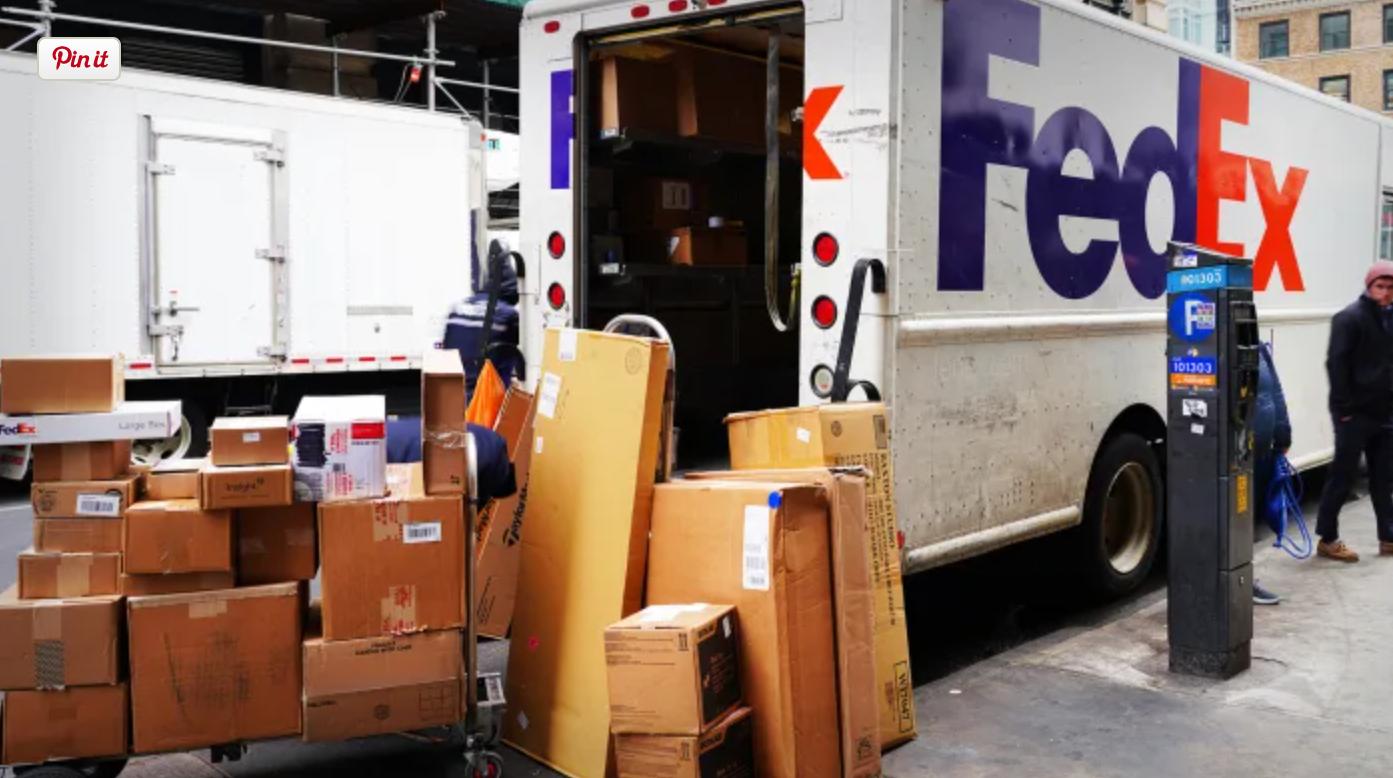
The news that FedEx laid off more than 300 employees in Fort Worth, Texas, not only shook the local labor market, but also highlighted the structural changes that the entire logistics industry is undergoing. The layoff decision stemmed from the fact that customers transferred part of their business to new third-party logistics providers. On the surface, it was a business adjustment, but in fact it revealed the deep unstable trend in the logistics industry - customer relationships are becoming increasingly short-term, technological substitution is intensifying, and employment models are becoming increasingly fragile.
First, in order to meet the needs of efficient delivery such as "next-day delivery" and "same-day delivery", FedEx, UPS, Amazon and other companies have increased their investment in distribution networks in recent years. At the same time, third-party logistics service providers have risen rapidly, providing manufacturers and retailers with flexible and diverse warehousing, transportation and order fulfillment solutions. The U.S. Postal Service has also joined the competition, competing for market share by optimizing ground services and launching priority mail products.
However, behind the apparent prosperity, the industry's operating mechanism is undergoing major changes. The cooperation between logistics companies and customers has gradually shifted from long-term strategic relationships to short-term, performance-oriented transaction relationships. Once options with more price or technical advantages appear, companies often immediately adjust their supply chain partners. At the same time, the rapid deployment of automation, robotic systems and artificial intelligence has also led to a significant shrinkage of traditional manual jobs, further exacerbating the uncertainty of employment in the industry.
At the same time, FedEx announced that it would lay off 305 employees in batches starting from July 6, 2025, and the layoffs would be completed by the end of October. The facility has about 580 employees, and the layoffs involve more than half of the positions. According to the "Worker Adjustment and Retraining Notice" submitted to the Texas Labor Commission, the reason for the layoffs was not an internal adjustment of the company, but the customer transferred the logistics business to other suppliers. FedEx stated that the customer will complete the business transfer by the end of October 2025. Although the company stated that it would provide severance pay, internal transfer support and relocation assistance to the affected employees, this layoff has caused a substantial impact on the local labor structure.
Secondly, similar phenomena are not limited to Fort Worth. Texas has recently seen a series of large-scale layoffs, including Chevron's layoffs of 200 people in Midland, Intel's job cuts due to global restructuring, the Louisville Independent School District's layoffs of 500 school bus drivers, and the nonprofit Child Care Association facing the risk of 300 people losing their jobs. The reasons behind this are mostly related to budget compression, contract adjustments and operational restructuring.
At the same time, the high dependence of logistics companies on customer demand has made service providers face great uncertainty. Shortened contract cycles, frequent technology updates, and stricter cost control have made a contract change enough to cause hundreds of jobs to evaporate overnight. The criteria for companies to choose partners have also shifted from traditional trust to immediacy, cost-effectiveness and technical adaptation.
In addition, automation and artificial intelligence are rapidly reshaping warehousing and supply chain operation processes. Under high interest rates and inflationary pressure, companies are more inclined to use technology to reduce labor costs. These changes are gradually replacing the original stable labor employment model and giving rise to more uncertain and more mobile employment forms.
Finally, for logistics centers like North Texas, the "side effects" of these changes are emerging. Regions that once attracted a lot of investment due to infrastructure and location advantages are frequently experiencing layoffs due to drastic fluctuations in customer decisions. In the future, as companies continue to optimize their supply chain structures, such regions may face more frequent employment adjustments and challenges.
In summary, the layoffs at FedEx not only reflect the increasingly fierce competition among enterprises, but also reveal the systemic fragility of today's logistics industry. While pursuing maximum efficiency, employment flexibility continues to expand, while stability continues to decline. Although this transformation is inevitable, its social cost cannot be ignored. In the future, the sustainable development of the logistics industry must seek a more balanced path between efficiency and human resources security. The joint intervention of the government, enterprises and society can mitigate the impact of this structural turmoil.

The South Korean political arena has once again been embroiled in a public controversy over a judicial investigation that has shaken the entire nation.
The South Korean political arena has once again been embroi…
On the morning of December 29th local time, the precious me…
According to the US media Barchart, recently, the fluctuati…
On December 29th, Mar-a-Lago in Florida, USA, witnessed a h…
SoftBank Group announced on Monday that it has agreed to ac…
Recently, the US State Department issued a visa ban, adding…